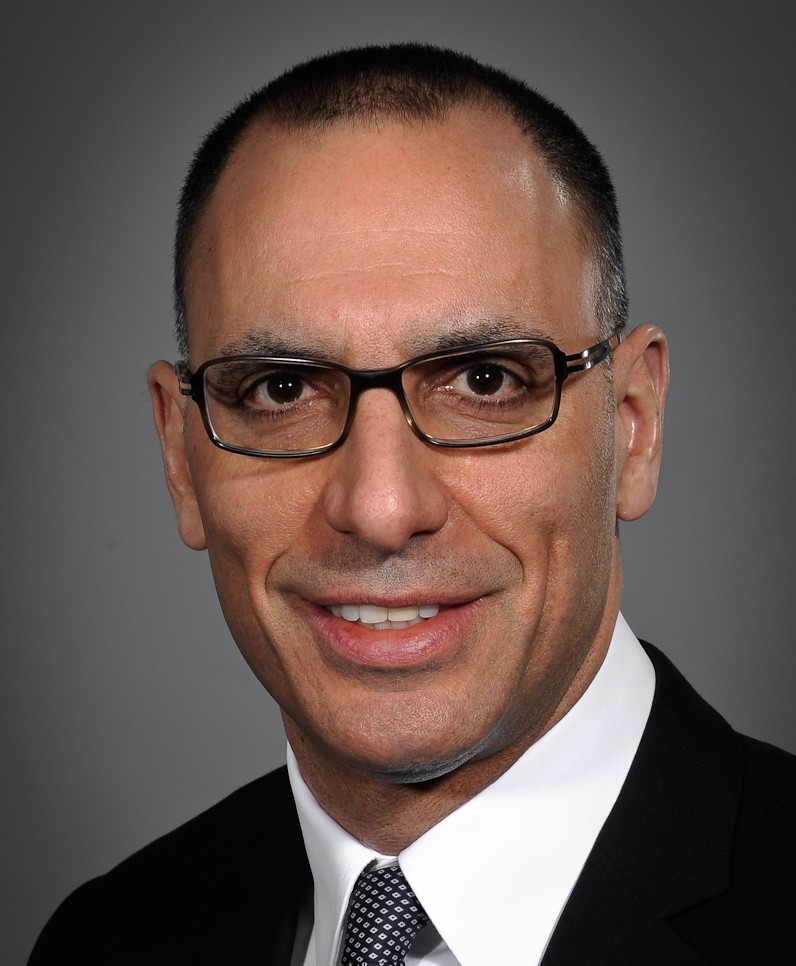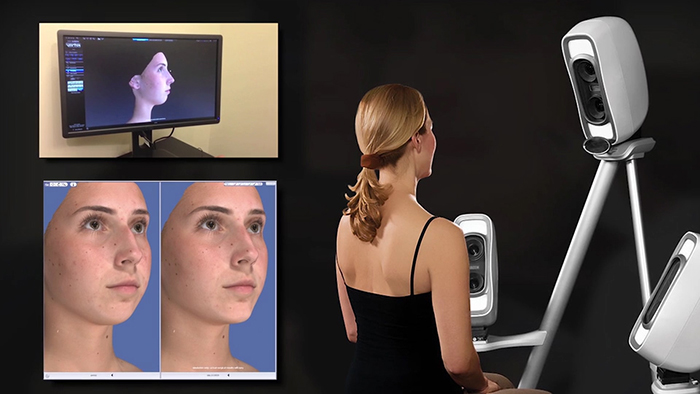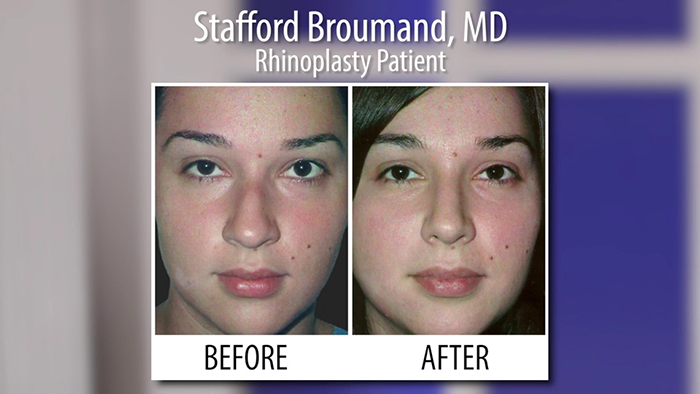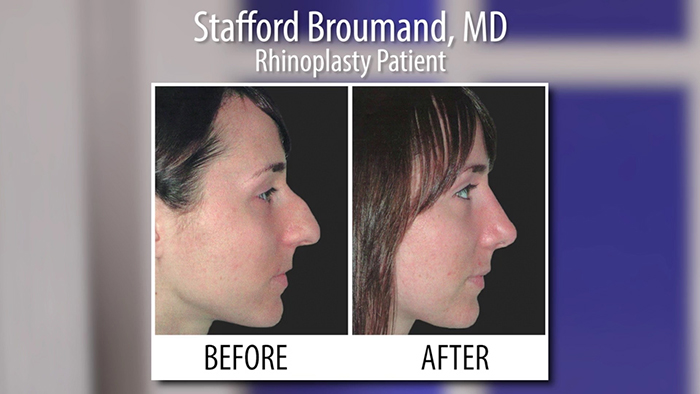Nose reshaping, also called rhinoplasty can alter a person’s appearance more than any other single operation. Since it is the most prominent facial feature, even small changes can make a big impact. According to the American Society of Plastic Surgeons (ASPS) 2015 statistics show rhinoplasty was the 3rd most popular aesthetic surgery overall. Dr. Stafford Broumand, who practices in Manhattan is a rhinoplasty specialist.
by Isabel Bolt
and Stafford Broumand, MD
According to Dr. Broumand, his approach combines not only surgical technique but a heavy dose of judgment and wisdom. “No one wants an artificial looking nose. Rhinoplasty often gets a less than wonderful reputation because of unnatural and overdone results. A perfect nose is one that fits the face. My patients often comment that they want their new nose to look like it belongs to their face. They don’t want a wax nose stuck there. My goal is to eliminate the possibility that people will notice a “nose job.”
Dr. Broumand hears a host of concerns during consultation and has a keen sense of what can and cannot be achieved. Size, crookedness, profile, irregularities in the bridge, bumps, reducing or enlarging the tip and changing the position of the nostrils are some of the more common complaints he addresses.
A Bit of History – Can One Nose Fit All?
Years ago, in the infancy of cosmetic nasal surgery, some practitioners performed only one (and very radical) type of nasal operation. An extensive amount of tissue was always removed and the results were considered ”cute” – a tiny, very up tilted (ski slope) nose with a tip that appeared stamped out of an assembly line. Patients had look-alike noses. Dr. Broumand calls this “…a bygone era.” “In the 60’s and 70’s people’s noses wore the trademark of the doctor who performed their surgery. The noses were identical, only the faces changed. Today, there is an emphasis on a natural and individual appearance for the nose.” Dr. Broumand takes pride in tailoring every surgical plan very specifically for each patient.
Subtlety is Essential
It is important to inject some philosophy here – which is every bit as important as the hands performing the operation. There are some operations in plastic surgery where you want to see substantial differences (like making a breast larger or smaller). There are other procedures, such as cosmetic nasal surgery, where subtlety is essential.
When Dr. Broumand was a young surgeon, he admits he thought noses were “easy.” “There were 10 major parts to the nose, you take the hump down, and narrow the tip and everything is fine. In fact it’s not that way at all. There are so many subtleties in doing a great nose surgery and in understanding how those subtleties will change with time. That perspective only comes with experience, wisdom, judgment and artistic affinity.”
Dr. Broumand emphasizes a nose should not draw attention to itself, but rather complement other facial features while staying true to a patient’s overall appearance, gender and ethnicity.
The Approach
Dr. Broumand’s practice offers 3D computer imaging where a patient can see their own “before and after. “We use computer imaging extensively to give our patients a sense of what can be accomplished. It provides me with a visual blueprint and puts us on the same page—literally.” Patients quickly see the importance of harmony and balance and how the nose must be in concert with the rest of the face. He also encourages patients to bring in photos of noses they desire to get a general sense of their expectations. But he is very honest in explaining how some of the airbrushed and photo shopped noses are really more fantasy than reality. “We have to talk about what is reasonable.”
There are two techniques used in rhinoplasty–open and closed. The technique chosen is predicated upon the patient’s anatomy and desired changes. It is also a consequence of primary (virgin nose) versus secondary (a revision) nose surgery.
Dr. Broumand prefers to start with the “closed” technique in which incisions are made inside the nostrils and all work performed through the nostrils only. The incisions are closed with dissolving sutures at the end of the operation. On occasion when necessary, an “open” technique is utilized. This requires a small external horizontal incision across the columella (the “little column” between the nostrils) as well as internal incisions. The surgeon can be more aggressive and precise in the “open technique.” Dr. Broumand describes the open technique as akin to lifting the hood of a car to really see what is going on inside. Clear visibility is especially important when making anatomic changes.
At the end of the operation, some packing will be placed in the nostrils and a thermoplastic splint placed on the nose.
Choosing a Surgeon
In nasal surgery, the difference between success and failure is measured in tiny millimeters of tissue removed or changed. All of this goes towards skilled, artistic judgment. Due to its inherent functional and conceptual complexity, rhinoplasty is widely considered the most difficult procedures in cosmetic surgery. In nasal surgery, revision is even more difficult because it may require replacement of cartilage that was over-zealously removed during the first procedure. All of this mandates that you carefully choose your surgeon, for the first operation is always the best opportunity to get the best result. Everything after that is playing “catch up.” As one might expect, subsequent nose reshaping is even more challenging. “You must be vigilant in your selection of a nose surgeon. You are not enhancing a feature—you are changing it. Interview the doctor carefully to be sure you are in experienced hands. Find someone dedicated to the pursuit of perfection so you won’t have to worry about facing a second operation.”
Dr. Broumand encourages all prospective patients to really study a surgeon’s before and after galleries. “It’s important to look for a surgeon who has done a lot of these. Look at their outcomes. Do the noses all look alike or do they blend in to other features? Talk to other patients to see what the process is like. Did the patient feel the doctor was on the same page?”
Recovery
If you are considering a rhinoplasty, plan on a two week recovery for the bruising and swelling to subside. Nose surgery involves a feeling of pressure, but surprising little pain. The splint will be removed 5-7 days after surgery. The nose will look nice when the splint is removed but the residual swelling will take about a month to settle down on the bridge of the nose. Dr. Broumand advises his patients that once the splint is removed, the nose you see at that moment is very close to the final result, however minor swelling ensues and then gradually subsides. The very minor residual swelling of the tip may take anywhere from 6 – 18 months to totally disappear and reveal the fine sculpting and shaping that has been done.
Ancillary Procedures
The nose is the important central feature of the face and it affects the overall balance and aesthetic appeal of the face from any angle – full face, profile or ¾ views. Surgery to improve the nose must consider all other facial features so there is a balance and harmony between them. “It is not just the nose in isolation,” says Dr. Broumand. “Lips, chin, jawline–are all involved. Sometimes changing the nose’s length affects the chin. Or, the brow may be more pronounced. These can be augmented with a small chin implant or Botox respectively to create optimum balance.”
Dr. Broumand will evaluate your entire facial structure with a view towards improving not only your nose but its relationship to other portions of the face. The goal is to blend your nose aesthetically and provide balance and harmony to your facial features.
Form and Function
Contrary to the majority of cosmetic surgeries, the nose offers the additional challenge of being primarily functional. Dr. Broumand explains. “It’s a balancing act. Every part of the nose necessarily influences the other—not only aesthetically but functionally.” The aesthetic component must never compromise the functional aspect. There are structures within the nose, namely the septum and turbinates, which affect the airflow through the nose. Dr. Broumand will examine the internal structure of your nose at the time of consultation and provide information about possible improvement. Oftentimes, there is blockage of one or both of the nasal passages which results in decreased airflow. Surgery to correct these problems can be performed either alone or in combination with cosmetic nasal surgery. There is no effect on the external appearance of the nose if surgery is performed for functional reasons only.
A Final Word
Dr. Broumand’s keen aesthetic eye, deep understanding of anatomy and remarkable technical proficiency give him the ability to strike the perfect balance between form and function for his patients.
Dr Broumand brings extensive surgical experience and artistic sensitivity into the discussion so that together a final surgical plan will be designed. He must understand what you are seeking to achieve and you must also understand what is feasible to accomplish. At the end of your consultation, you will have a much clearer idea of what can be achieved so that you can make this very important decision. What is the goal? After surgery, people meeting you for the first time will say “Hey, you look great!” If your original nose featured a big hump, hook, broad tip or one just out of proportion there will indeed be a noticeable change–that is why you opted for surgery. But Dr. Broumand says, “…Of course if a big hump, hook, broad tip, or a nose was way out of proportion friends are going to notice. Over time, new people will greet you and simply notice a pleasing profile that fits your face perfectly.”


















Facebook
Twitter
Instagram
YouTube
RSS